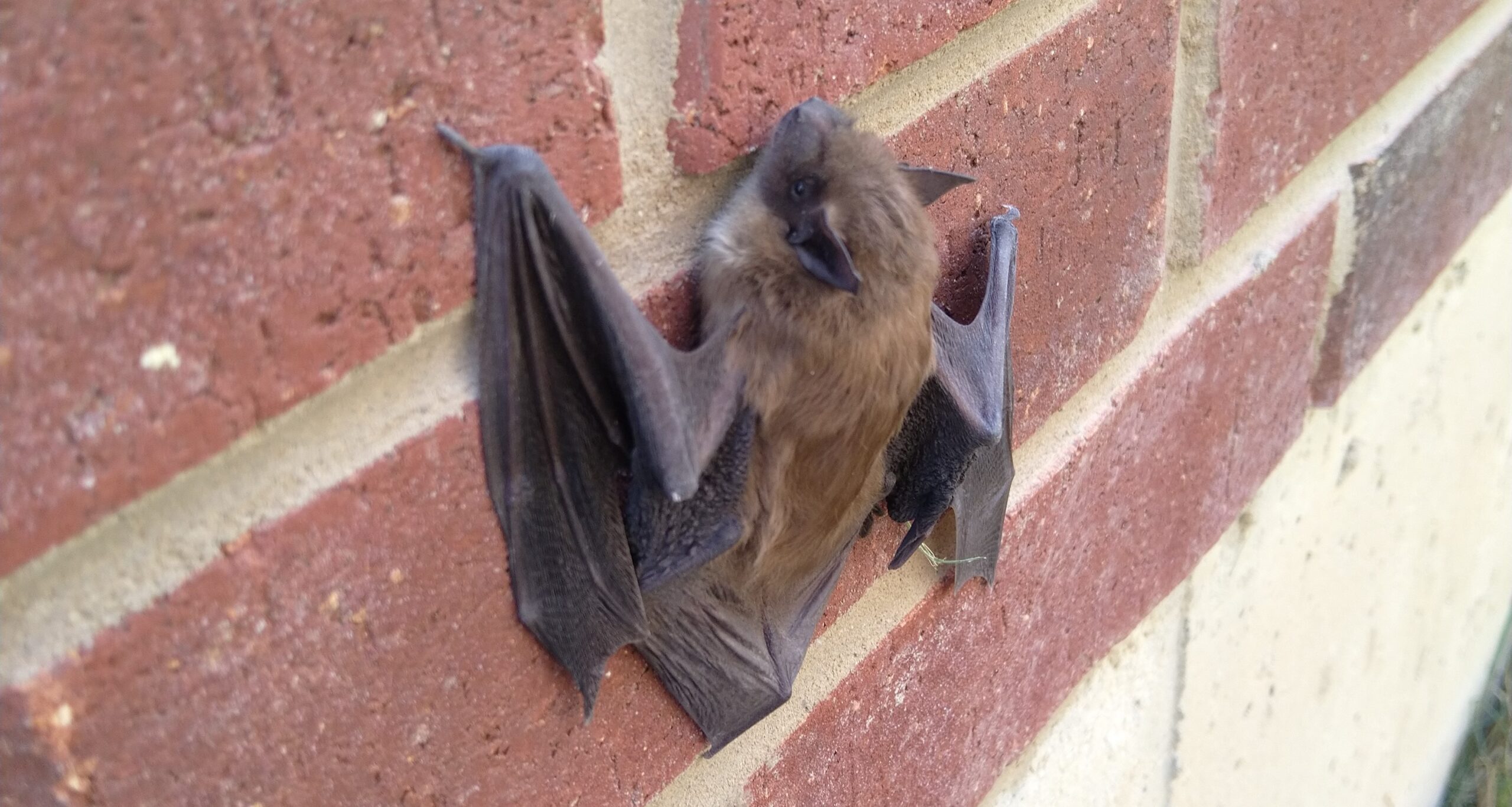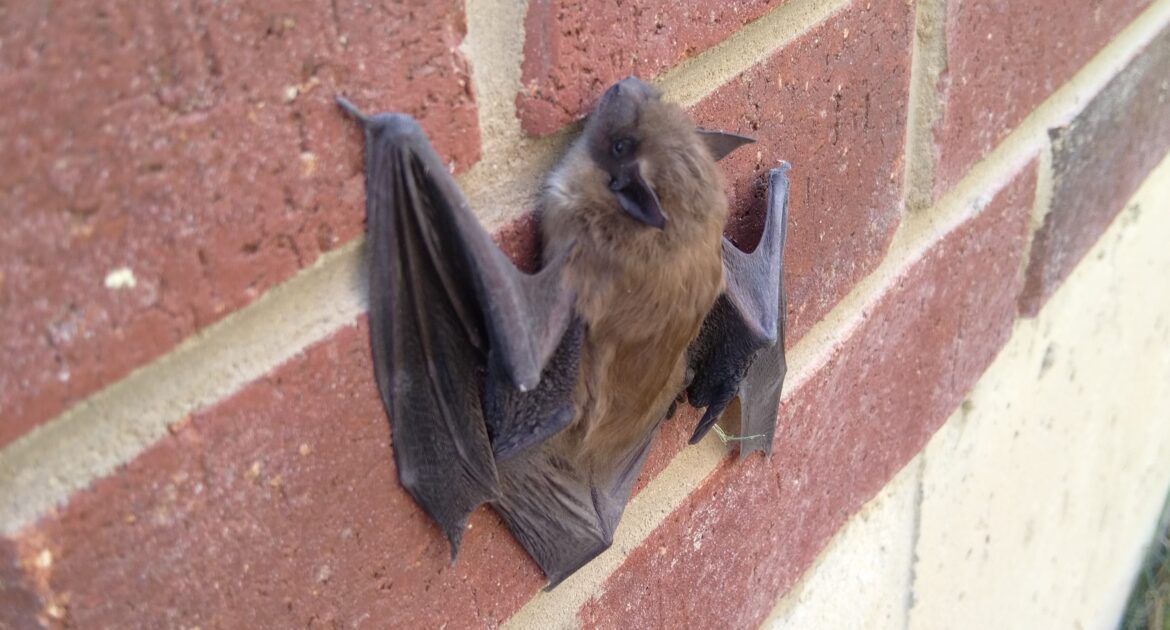Bats have gained a reputation that they don’t deserve, and the unfavourable view is primarily due to misunderstandings and myths. If people knew the truth behind many of the bat myths, they might just come to appreciate them a bit more. These winged creatures are fascinating and essential for the health of ecosystems around the world.
Bats help control mosquito populations and eat pests that harm crops. Similar to bees, bats are great pollinators and they pollinate over 300 species of fruits. Without bats, pest populations will skyrocket and some of your favourite fruits would be off the shelves forever.
Unfortunately, many species of bats are in danger from white-nose syndrome, a deadly fungus wiping out large numbers of cave-dwelling bats. This causes bats to wake frequently during their period of hibernation, using their stored energy and fats more quickly. So, we’re here to dispel common bat myths and give you a better understanding of these incredible critters, because they need our help and deserve respect!
Here are some common misconceptions and myths about these fascinating animals:
Bats Are Blind
Many people learn in school that bats use echolocation to navigate, and along with this information, they hear that these animals are blind. Even a saying — “blind as a bat” — arose from this common misperception. The truth is, however, that bats actually have good eyesight. Despite being a nocturnal animal, their eyesight is not as strong as night. At these times, echolocation allows them to hunt down and catch the tiniest insects as they zip through the air far better than their eyesight allows.
All Bats Are Rabid
While it’s true that bats can carry and transmit rabies to humans, the risk is much smaller than people believe. Only a tiny percentage of them contract the disease. In the U.S., approximately 5% of the bats tested for rabies have it. The rate is likely lower in the general population since the animals are usually tested because they exhibit odd behaviours. That said, we never recommend handling bats. The risk does exist, however small. Plus, even though bats aren’t aggressive, they will bite if cornered or threatened.
Bats Are Rodents
Bats are mammals, just like humans. They are the only mammals capable of true flight. They give birth to one pup a year, though twins aren’t unheard of. They nurse their babies until the little ones are old enough to catch their own food. Bats are genetically closer to primates (which means humans, too) than rodents.
Bats Are Bloodsuckers
Blame this myth on the tradition of vampire stories. Bats are commonly linked to vampires, perhaps because Europeans discovered a species of bat that feeds on blood in the Americas during the time vampire stories were popular in Europe. It doesn’t help that bats are nocturnal, just like vampires in our favourite movies. However, the vampire bat (named for the creature of lore) does not prey on humans. It primarily feeds on cows, birds and pigs, and it does no harm in its feasting — the animal usually isn’t even aware that it provided a bat with a meal!
Bats Are Attracted to Your Hair
To the casual onlooker, a bat’s flight patterns can seem erratic, but in truth, its navigational skills are superb. Never fear if a bat is swooping around in the dark and looks like it’s heading right for you. It will have no trouble dodging the other way before it reaches you. It’s likely chasing its prey, and its echolocation powers will warn it of an obstacle (your head) well before it’s too late to avoid a collision.
Bat Fact: Bats Can Coexist With Humans, Just Not in Your Home
It would be amiss to not mention a very important fact about the ways bats can live comfortably with humans in this world. If you are dealing with an invasion of bats on your property, Skedaddle Humane Wildlife Control technicians will ensure that bats are removed safely, the area is cleaned properly and prevent animal re-entry
Bats and humans can share the world peaceably, but they should not occupy the same home. The world needs bats, and we should help them thrive in their natural environments. When one or more find a way into your home, it’s time to get help from the professionals for humane bat removal. Trust Skedaddle to help the bats get back out into nature while keeping the animals and you safe. Contact us today to learn more about our services or schedule an appointment.




